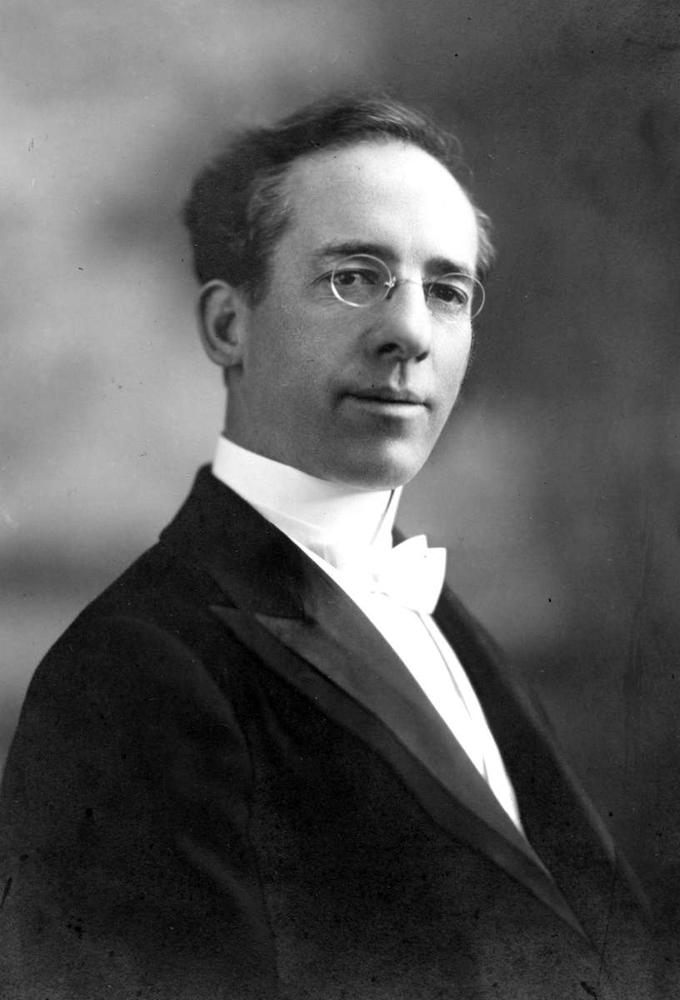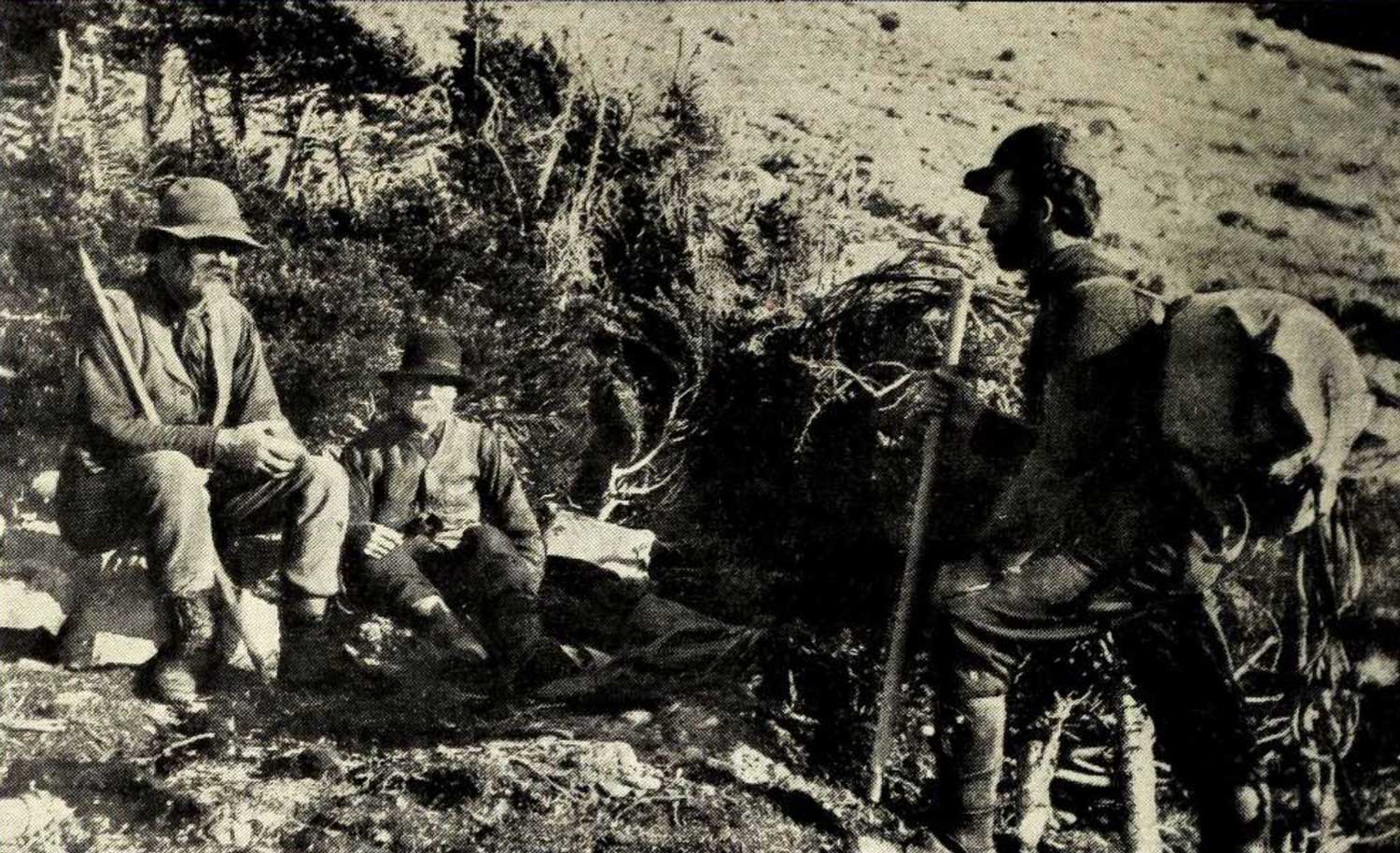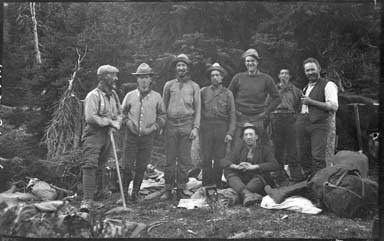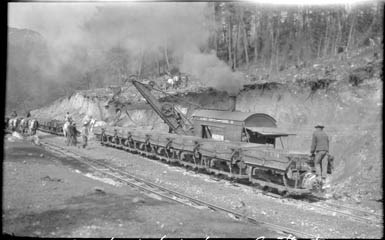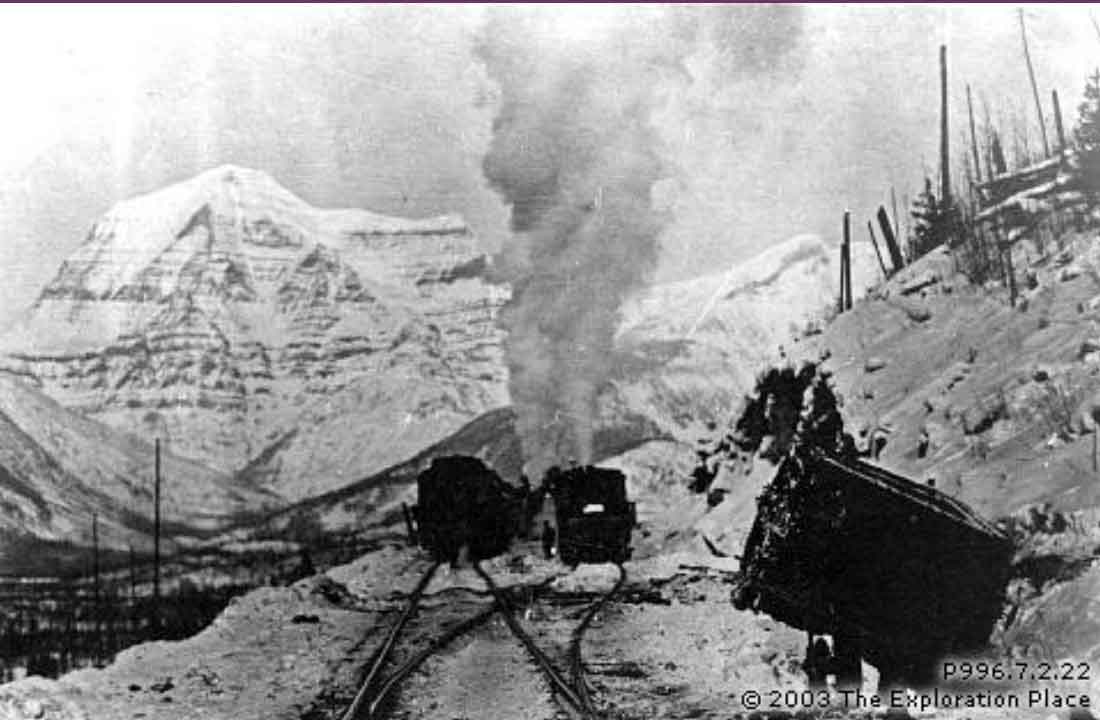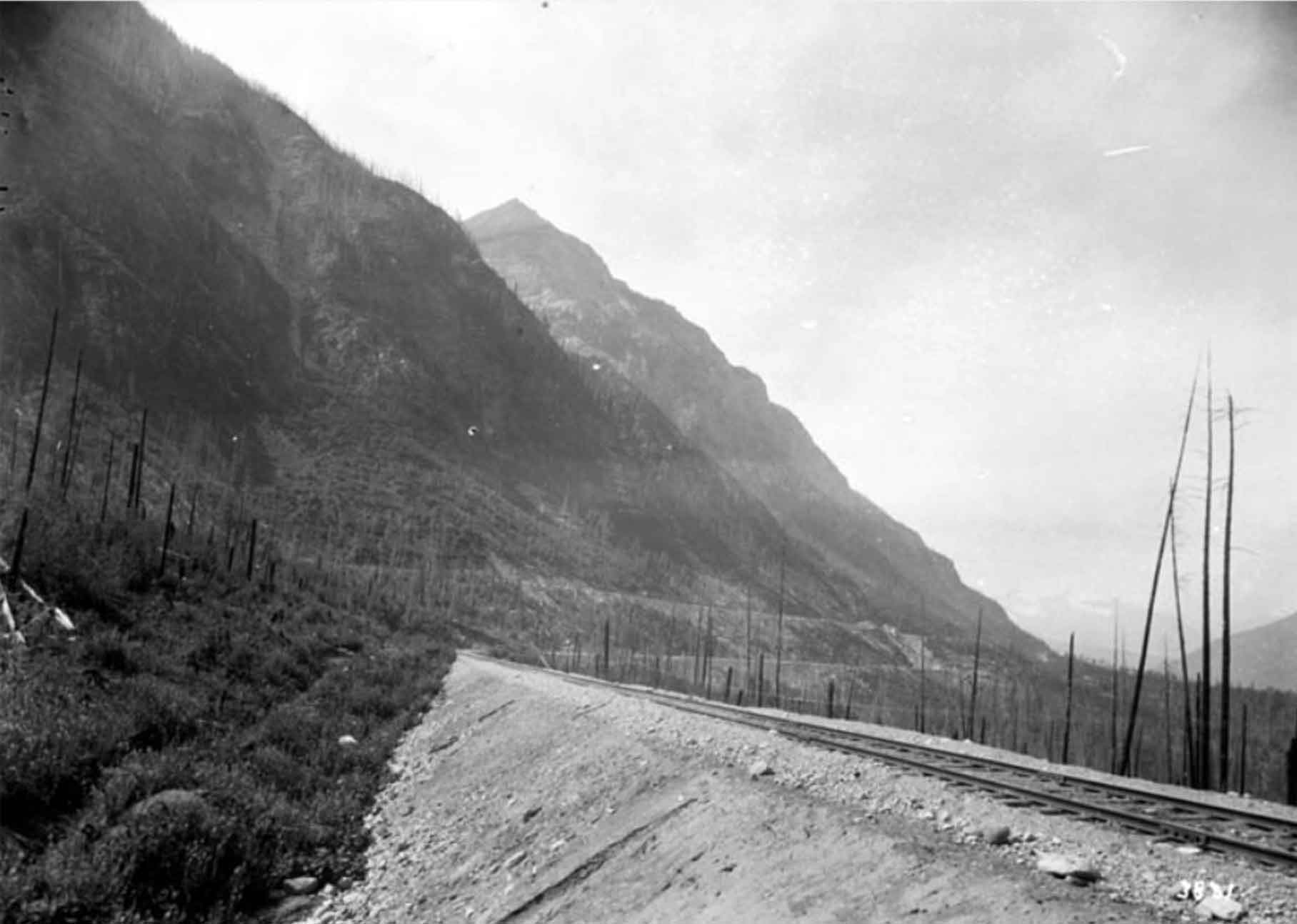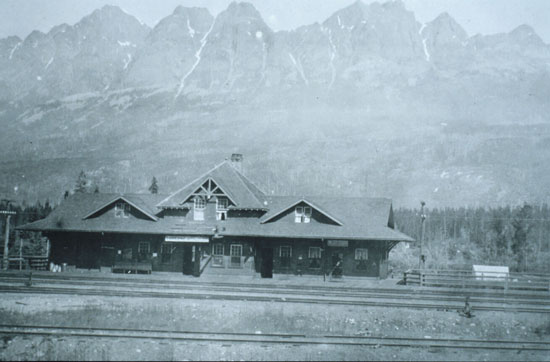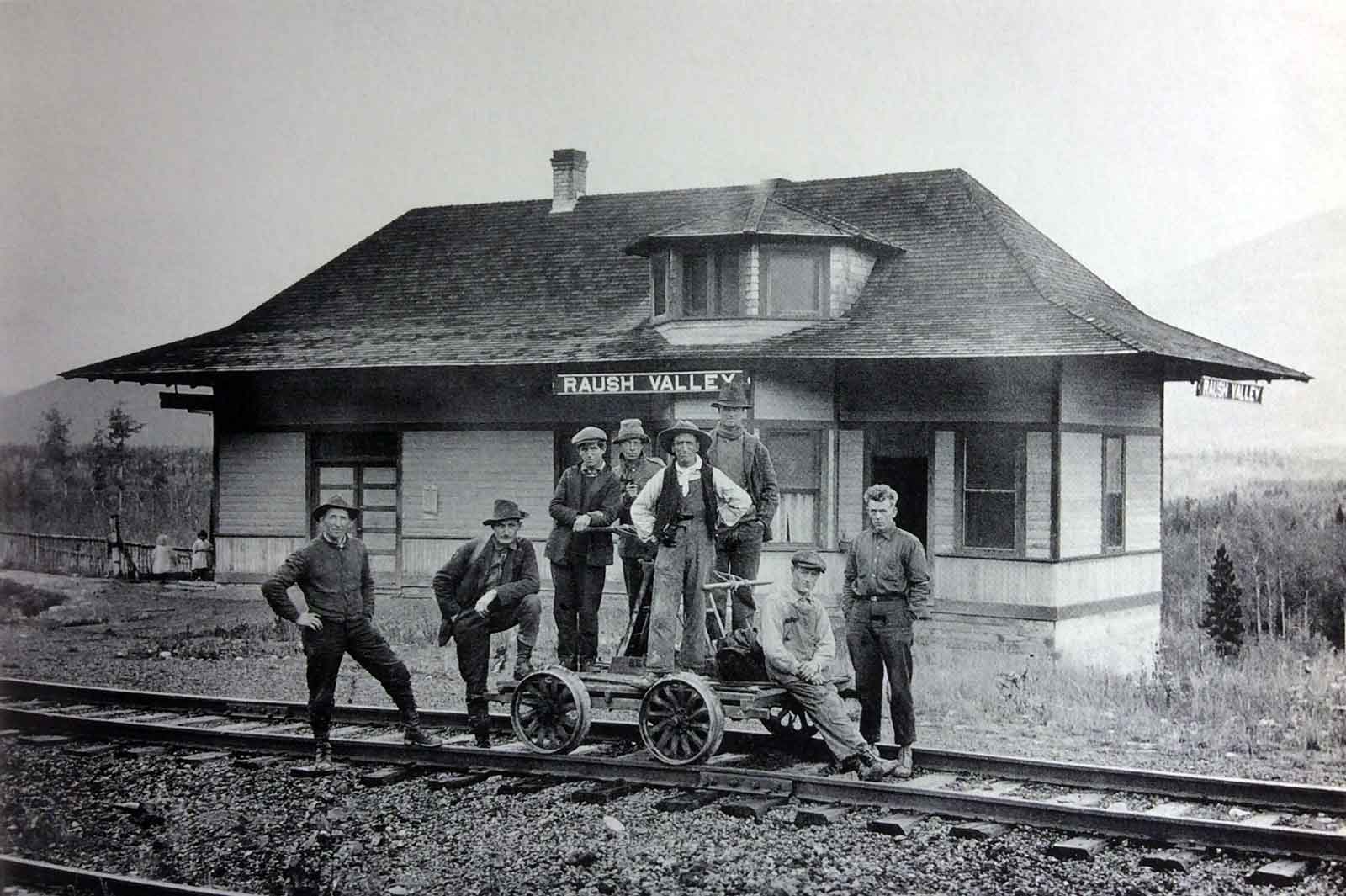“Tête Jaune” (“Yellow Head”) was the nickname of Pierre Bostonais, an Iroquois who worked for the
North West and
Hudson’s Bay fur trading companies. During the fur trade, a
cache (French for a hiding place) was built by removing a round piece of turf about 50 cm across, excavating the dirt, and lining the excavation with dry branches. After the cached goods were inserted, some earth and the round piece of turf were put on top, and the surplus earth all carefully removed.
According to Milton and Cheadle, who crossed the Yellowhead Pass in 1863, Bostonais’s original cache was at the confluence of the Robson River and Fraser River. The present location of Tête Jaune Cache is near the site selected during the construction of the Grand Trunk Pacific Railway, at the head of navigation on the Fraser River.
“Bostonais” was a name applied by Indigenous people to Americans of European descent, “Boston Men.” Normally a nickname, Pierre Bostonais may have acquired it as a family name after his family moved from American territory to the Montreal area. (As early as 1670, a number of Iroquois, converted by French priests, left what is now New York State to live near Montreal.) Iroquois were brought out west by the fur trade companies in the late eighteenth and early nineteenth centuries, as voyageurs, hunters, guides, and trappers. Many Iroquois stayed in the west when their contracts with the fur companies expired, settling east of the Rockies between the Athabasca and Peace Rivers.
Pierre Bostonais first appears in the archives of the Hudson’s Bay Company in January 1805, when the factor at the fur trading post of St. Croix (now in Minnesota) wrote, “This afternoon Tête Jaune’s son expired after a long and painful malady of upwards of three months.” In 1810 Tête Jaune was for a time employed by the North West Company, perhaps arriving at Rocky Mountain House, on the North Saskatchewan River. By 1816, when he is mentioned in the North West Company ledger, Tête Jaune was a “free” Iroquois, not engaged to any fur trade company. Twice in Hudson’s Bay Company books from 1821 to 1823 there are entries of “Pierre Bostonais dit Tête Jaune.”
Colin Robertson [1783–1842], in charge of Fort St. Mary (near the present-day town of Peace River, British Columbia), recorded in his journal for December 1819, “Tête Jaune, the free Iroquois, has given me a chart of that country across the Rocky Mountains.” Tête Jaune guided a party across the mountains the next spring and returned at the end of October. “Tête Jaune and Brother Baptiste arrived — the Iroquois all enjoyed themselves with a booze.” Tête Jaune and Baptiste appear again in 1825, when the Hudson’s Bay Company required a guide over the Yellowhead Pass, then a little-known route. (There is no record that this pass was used by either company prior to 1824, when chief trader Joseph Felix LaRocque tried to establish a post at “Moose or Cranberry Lake.”)
In 1825, Hudson’s Bay Company governor George Simpson [1792–1860] ordered chief trader James McMillan [1783-1858] to explore the pass. At Jasper House, McMillan hired Tête Jaune as guide. They left Jasper House on 18 October, and by October 24, after a trip of about 120 miles, reached Tête Jaune Cache. In his report to William Connolly, McMillan specifically mentioned “Tête Jaune’s Cache,” the first recorded reference to this place name.
Tête Jaune probably spent the winter of 1825-26 at Fort Alexandria, on the Fraser River north of Quesnel. In early May 1826, just before the departure of the fur brigade from Fort St. James for Fort Vancouver, Connolly received word about the “Iroquois guide who remains sick at Alexandria.”
In early November 1826, Tête Jaune and Baptiste arrived at Fort St. James. “In the evening that old rogue Tête Jaune, and his brother, arrived from below, dread of the Carriers who threaten vengeance for the death of their relatives, is the cause of their coming this way. These people brought nearly one Pack of Beaver between them.”
Tête Jaune and Baptiste apparently spent the winter of 1826–27 with the Carriers (Dakelh). The brothers returned to Fort St. James in mid-April. Connolly wrote, “I never saw two more wretched beings in my life — since the Fall they have not Killed one Marten between them. They are however good Beaver Trappers & being well furnished with Traps they may perhaps do well — But they are such notorious rascals that no dependence whatever Can be placed in them.” That fall, the brothers were at Bear Lake (Fort Connelly). “I am glad this district is rid of them,” wrote Connolly. “They are brothers who seldom do any good. And very frequently do Mischief.”
In the spring of 1828 word reached Connolly that Tête Jaune, Baptiste, and their families had been “cut off by the Beaver Indians, as a punishment for Hunting upon their lands.” Connolly wrote that “this Melancholy Occurrence took place last fall at Finlay’s Branch, but by whom perpetrated could not be ascertained — The natives throughout the District have for a long While past looked upon the Iroquois as Robbers and despoilers of their lands, and it is only in Consideration for us that they have not long before this taken the only means in their power to rid themselves of their depredators.”
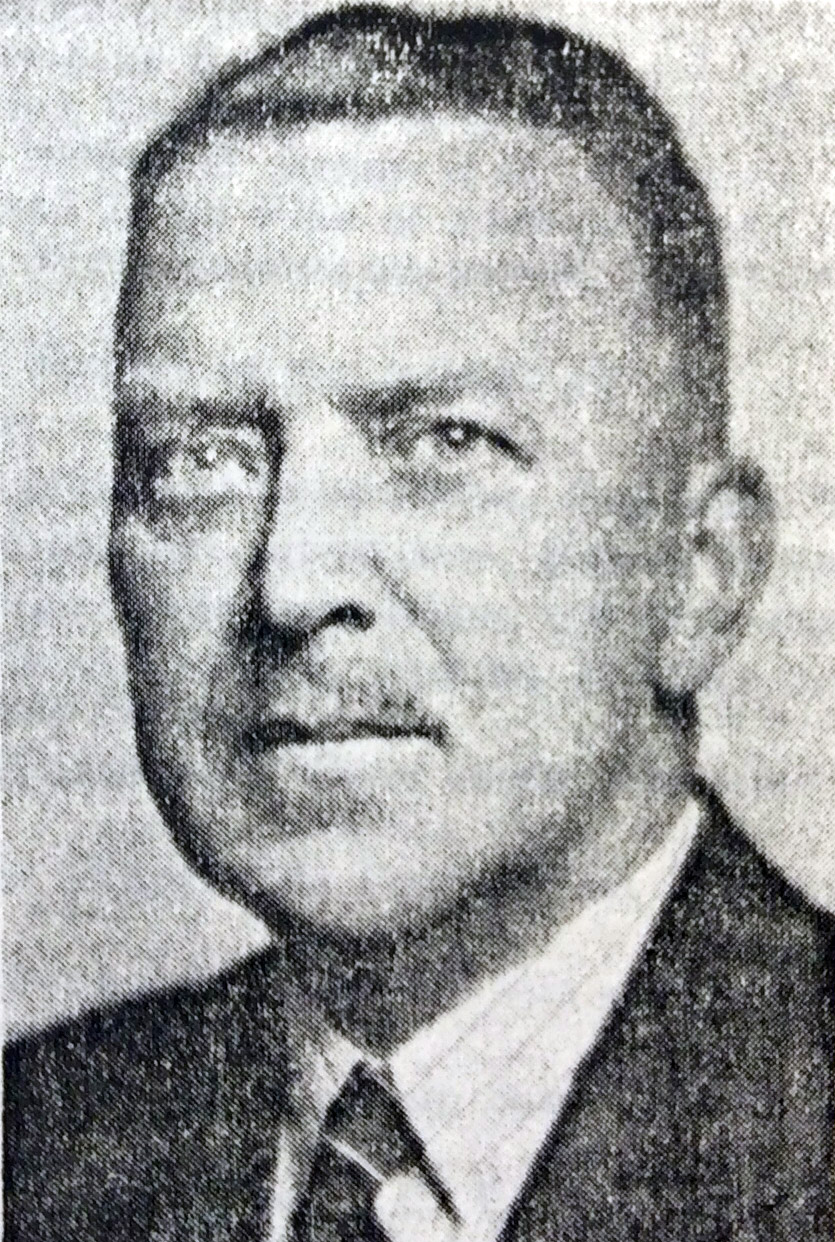
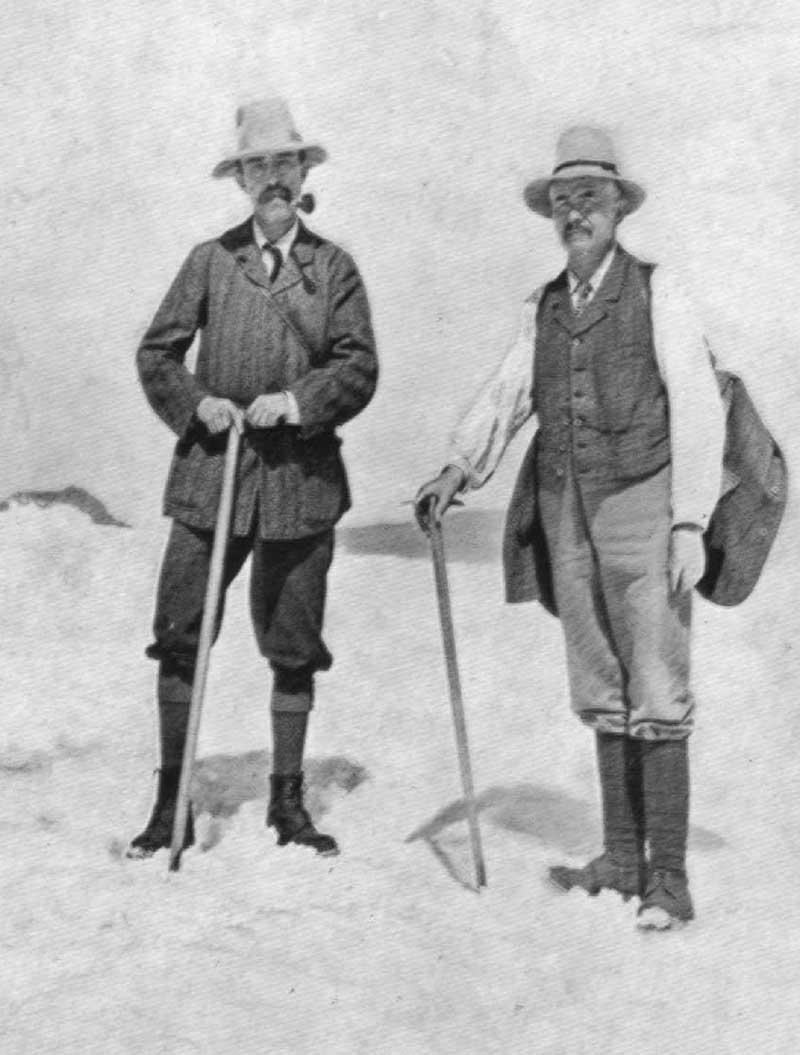
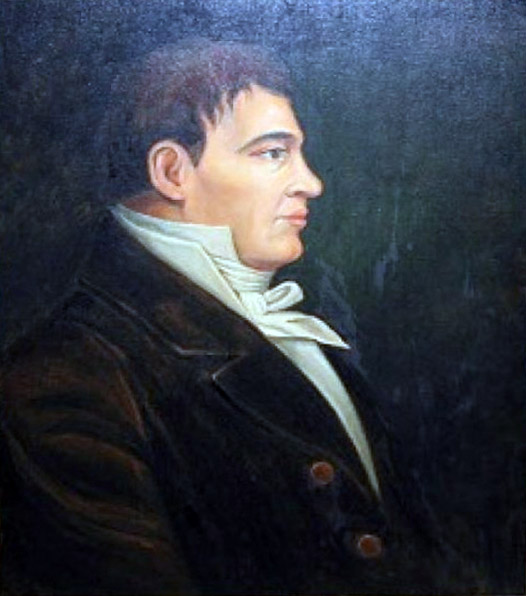
![The founders of the Alpine Club of Canada. First meeting at Winnipeg. Left to right, back row: Rev. Thurlow Fraser, L.D. Armstrong, Tom Martin, W.H. Belford, Rev. Alex Gordon. Middle row: Miss Jean Parker, J. Stanley Wills, S.H. Mitchell, L.Q. Coleman. Front row: J.W. Kelly, W. J. Taylor, A.O. Wheeler, Mrs. H.J. Parker, E.A. Haggen, Rev. J.C. Herdman, Dr. A.S. [sic] Coleman, Dean Paget, W. Brewster. Picture is taken in front of Y.M.C.A., Portage Ave.](/wp-content/uploads/2023/02/acc-founders.jpg)
